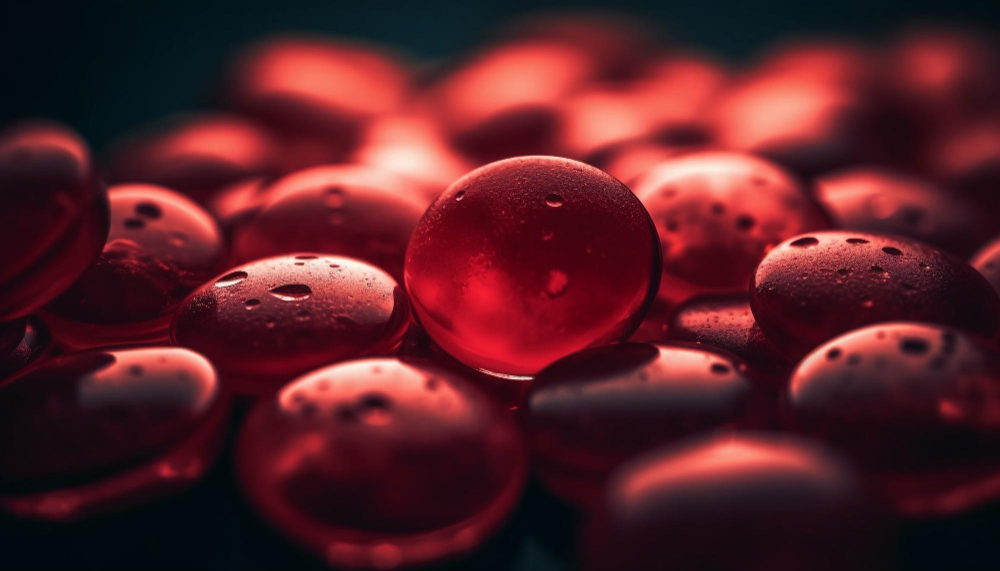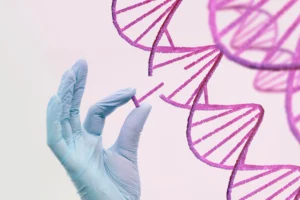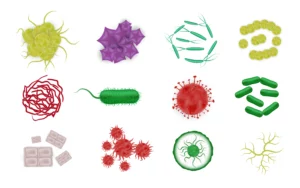The Crucial Role of Hemoglobin in Your Body
Hemoglobin is an unsung hero in your body’s complex orchestra of functions. This iron-rich protein plays a central role in sustaining life by carrying oxygen to every cell. Let’s delve into the fascinating functions of hemoglobin and why it’s essential for your well-being.
Oxygen Transport – Hemoglobin’s Primary Task
At the heart of hemoglobin’s function is the transportation of oxygen. When you breathe, your lungs extract oxygen from the air, and hemoglobin in your red blood cells binds to it. This partnership ensures that oxygen is efficiently transported through your bloodstream to every tissue and organ. Without hemoglobin, oxygen delivery to your body’s cells would be severely compromised, leading to dire consequences.
Hemoglobin and Carbon Dioxide Removal
Hemoglobin isn’t just an oxygen courier; it’s also responsible for removing carbon dioxide, a waste product of metabolism. As blood rich in carbon dioxide flows back to the lungs, hemoglobin binds to this gas and carries it back to the lungs for exhalation. This continuous cycle of oxygen and carbon dioxide transport ensures the efficient functioning of your respiratory system.
Hemoglobin and Your Health
Understanding the function of hemoglobin is crucial for appreciating the importance of maintaining its levels. Low hemoglobin, a condition known as anemia, can lead to fatigue, weakness, and a range of health issues. On the other hand, high levels of hemoglobin can thicken the blood and increase the risk of cardiovascular problems.
The role of hemoglobin are central to your overall health. Its capacity to carry oxygen and eliminate carbon dioxide ensures your cells receive vital nourishment and keeps your body energized. Maintaining the right hemoglobin balance in your bloodstream is essential for good health.





Leave a Reply
You must be logged in to post a comment.